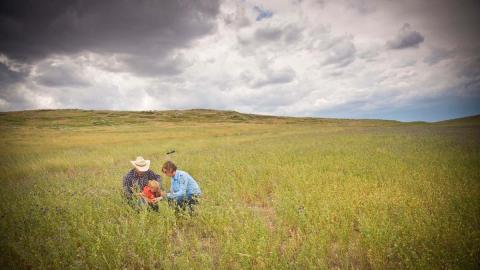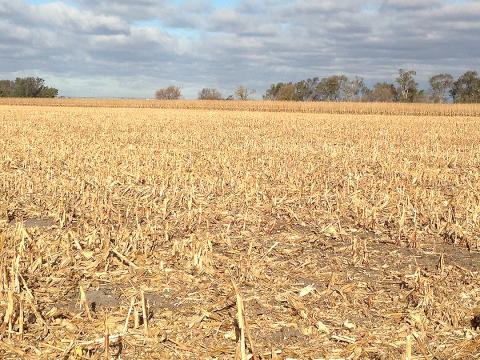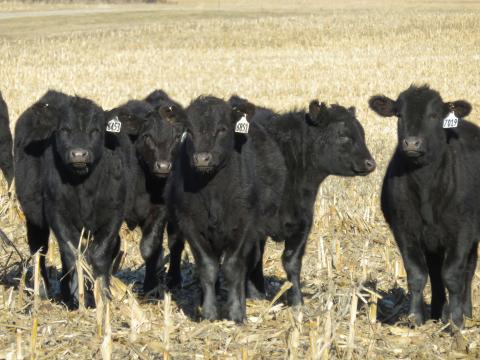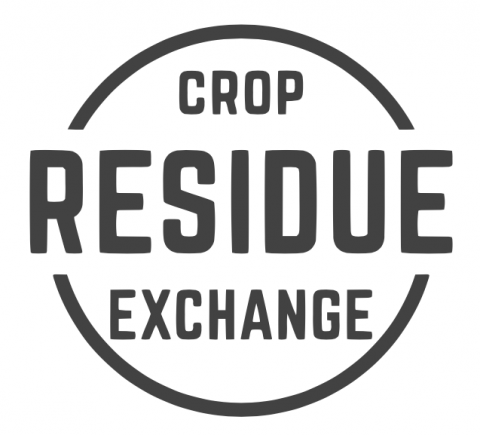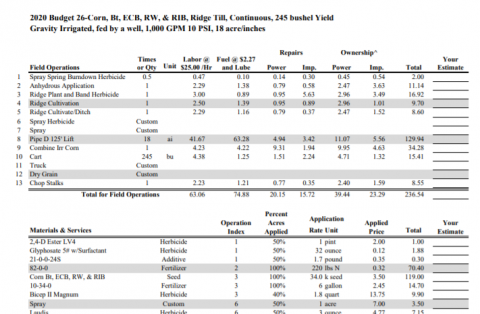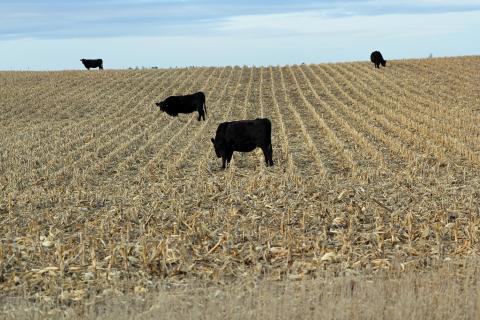Economic Considerations for Converting Cropland to Perennial Grazing Lands
May 23, 2024
Extension educators review the financial and operational considerations of converting cropland to grass pastures.
Crop Residue Exchange Available for Listing Your Corn Residue Acres
November 2, 2023
Many cattle producers rely on corn residue for a winter feed resource. The Crop Residue Exchange can help facilitate a mutually beneficial forage rental partnership between producers.
Crop Residue Exchange Links Growers and Grazers
August 23, 2021
The Crop Residue Exchange continues to connect livestock producers with crop residue and other forage resources.
Cattle Compaction in Cropland: Fact or Fiction?
August 23, 2021
Grazing corn residue is a low-cost winter feed for cattle and source of additional income with no negative effects on cropland.
Market Your Crop Residue Using the Crop Residue Exchange
September 24, 2020
This interactive, online tool helps farmers and cattle producers connect and develop mutually beneficial agreements to use crop residue and forage cover crops for grazing.
Estimating a Fair Value for Standing Forage
July 29, 2020
Several things need to be considered when deciding what value to place on standing forage. Forage prices reflect current inventories, demand, expected current season production and associated yield risk, and quality characteristics.
Why Should You Prepare and Use Crop Budgets?
December 4, 2019
The 2020 Crop Production Budgets for Nebraska are now available. They include 80 budgets for 15 crops, available in both PDF and customizable Excel formats.
Crop Residue Exchange Updated and Available for Listings
September 20, 2019
Interested in making your corn residue available or grazing? New updates make the Crop Residue Exchange even easier to use to link cattle producers and available grazing resources.

